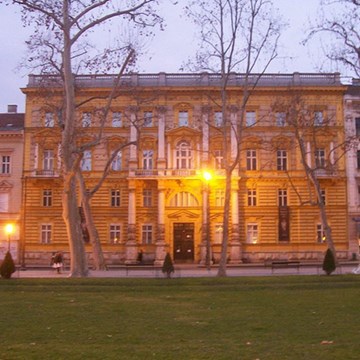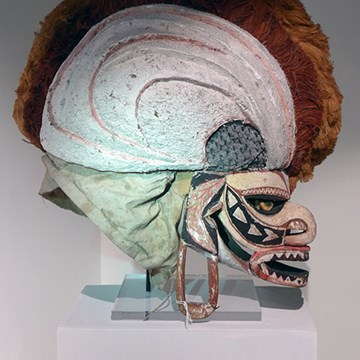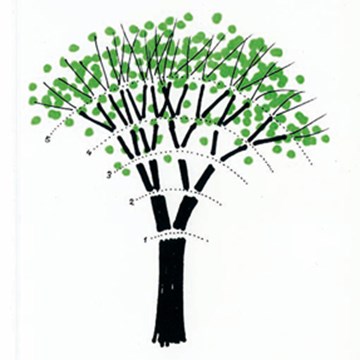Alexander Koenig Research Museum
Zoologisches Forschungsmuseum Alexander Koenig
The Zoological Research Museum Alexander Koenig (ZFMK) is one of the largest natural-history-research museums in Germany. The museum has earned its reputation as a leader in the documentation, research, and interpretation of biodiversity.
The important scientific collections, which focus on terrestrial vertebrates and insects, constitute the "heart of the museum". These collections form the basis for the diversity of research performed in the museum.
The permanent exhibition presents only parts of these rich resources.
The ZFMK is under the jurisdiction of the state of Nordrhein Westfalia. The official authority to which it reports is the ministry of innovation, science, and research of the state of Nordrhein Westfalia in Düsseldorf.
The national and international significance of the research conducted in the museum, and hence its trend-setting work, conforms to national interests. Accordingly, half of the research costs in the annual budget, consisting of ca. 3.5 million Euro, is defrayed by the federal government.
The museum maintains 49 permanent positions (14 of which are held by researchers), as well as 130 additional employees (comprising 15 researchers in externally funded projects, 100 doctoral, masters, and undergraduate students, and 15 volunteers).
The director's position has been linked since 1989 with that of the Chair of Systematic Zoology in the University of Bonn.
The permanent exhibition is an interctive and innovative experience world for conveying biological subject matter. Today biodiversity, the most vulnerable resource of the planet Earth, cannot simply be presented, the function of biodiverstiy must also be explained.
Museum Koenig and its modern and fascinating new permanent exhibition invite you to a fun day out in a venerable old building.
Exhibitions and events
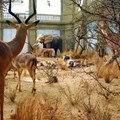
African savanna
Permanent exhibitionThe African savannah in the atrium forms the heart of the exhibition, which aims to mediate the complex relationships between different species in this habitat. The barrierless display shows many...
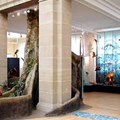
Rainforest
Permanent exhibitionThe rainforest tree, extends one of its giant roots into the savanna and thereby demonstrates the close link between these two completely disparate habitats. The rainforest is home to an extremely...
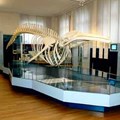
Arctic / Antarctic
Permanent exhibitionArctic and Antarctic have the most arid and cold places on Earth. Both have snow and ice, northern and southern lights, blizzards and snow storms. Antarctica is a continental land mass but the...
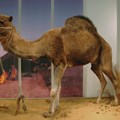
Desert - Survival in the Drought
Permanent exhibitionThe deserts are a habitat with a very few number of species. Only animals that have adapted to the extreme climate are able to live in those regions. However, because of heat and drought, it is not...
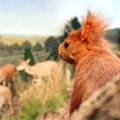
Central Europe
Permanent exhibitionThe section Central Europe focuses on native species. Agriculture technology and trade have been particularly powerful human influences on forests. Our forests have been affected by the cultural...
Educational programs
We don't have anything to show you here.
Collections
We don't have anything to show you here.





